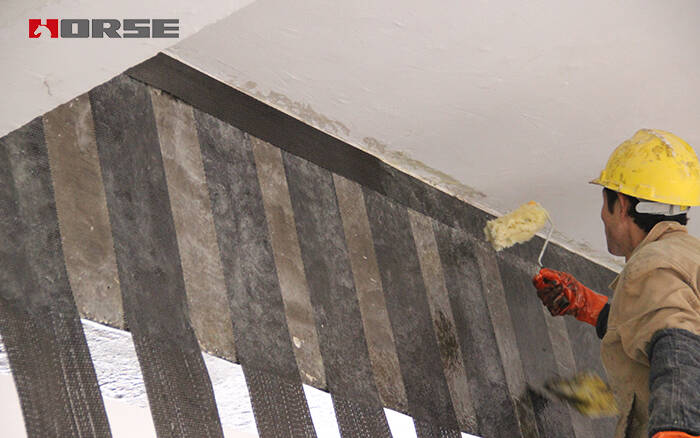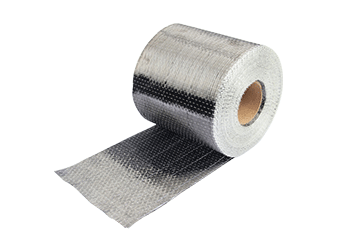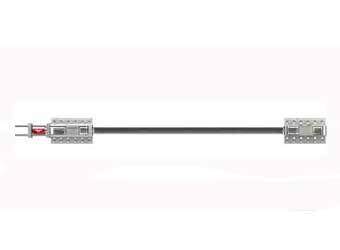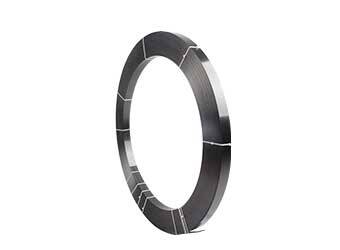Soluções
A Horse Construction oferece uma ampla gama de materiais de reforço estrutural, incluindo suporte técnico, suporte de documentação, suporte de produtos, suporte de software e suporte de projeto.
Why Is Structural Strengthening So Important

Structural strengthening is important for several reasons:
Safety: Structural strengthening is often necessary to ensure that a building or structure is safe and stable. Over time, buildings can deteriorate due to factors such as aging, weathering, and environmental exposure. Strengthening measures such as adding additional reinforcement or retrofitting can help to restore a building's structural integrity and prevent potential collapses or failures.
Durability: Structural strengthening can also improve the durability and longevity of a building or structure. This is particularly important in areas that are prone to natural disasters such as earthquakes, hurricanes, or floods. By strengthening a building's structural components, it can better withstand the forces of nature and reduce the risk of damage or collapse.
Functionality: Structural strengthening can also help to improve a building's functionality and performance. For example, strengthening measures can be used to increase a building's load-carrying capacity, improve its seismic resistance, or enhance its fire resistance. This can help to extend the useful life of a building and ensure that it continues to meet the needs of its occupants.
Upgrading for new loads: Over time, the usage and requirements of a structure may change. For example, a building may need to support additional floors, or a bridge may need to handle heavier traffic. Structural strengthening allows existing structures to adapt to new loads and requirements without the need for complete reconstruction. This can be more cost-effective and less disruptive than building a new structure from scratch.
Preservation of cultural heritage: Many historical buildings and structures hold significant cultural, historical, and architectural value. Structural strengthening is often employed to preserve and protect these structures, ensuring they can be enjoyed by future generations. Strengthening techniques allow for the restoration and conservation of heritage sites while maintaining their original aesthetics and character.
Cost-effectiveness: Strengthening measures can be a cost-effective solution compared to full-scale replacement or reconstruction. By reinforcing and strengthening specific elements or areas of a structure, it is often possible to extend its service life and avoid the expenses associated with complete replacement. Additionally, strengthening can be carried out with minimal disruption to ongoing operations, reducing downtime and economic losses.
In summary, by improving the strength and integrity of existing structures, we can enhance their performance, extend their lifespan, and ensure their continued functionality.
Você pode encontrar tudo o que precisa aqui. Confie e experimente esses produtos, você vai perceber uma grande diferença depois.

A fibra de carbono da Horse Construction é para reforço estrutural, reparo e modernização de substratos de concreto, alvenaria, aço e madeira em edifícios, pontes, rodovias, ferrovias, túneis, píeres e aeroportos civis.

O sistema de laminado CFRP protendido Horse (sistema CFRP pós-tensionado) inclui dispositivos de ancoragem e laminado de fibra de carbono especialmente projetados para pontes, edifícios e reforço de estruturas de aço.

Lâmina de polímero reforçado com fibra de carbono pultrudada (CFRP) de 1,4T projetada para reforço de estruturas de concreto, madeira e alvenaria